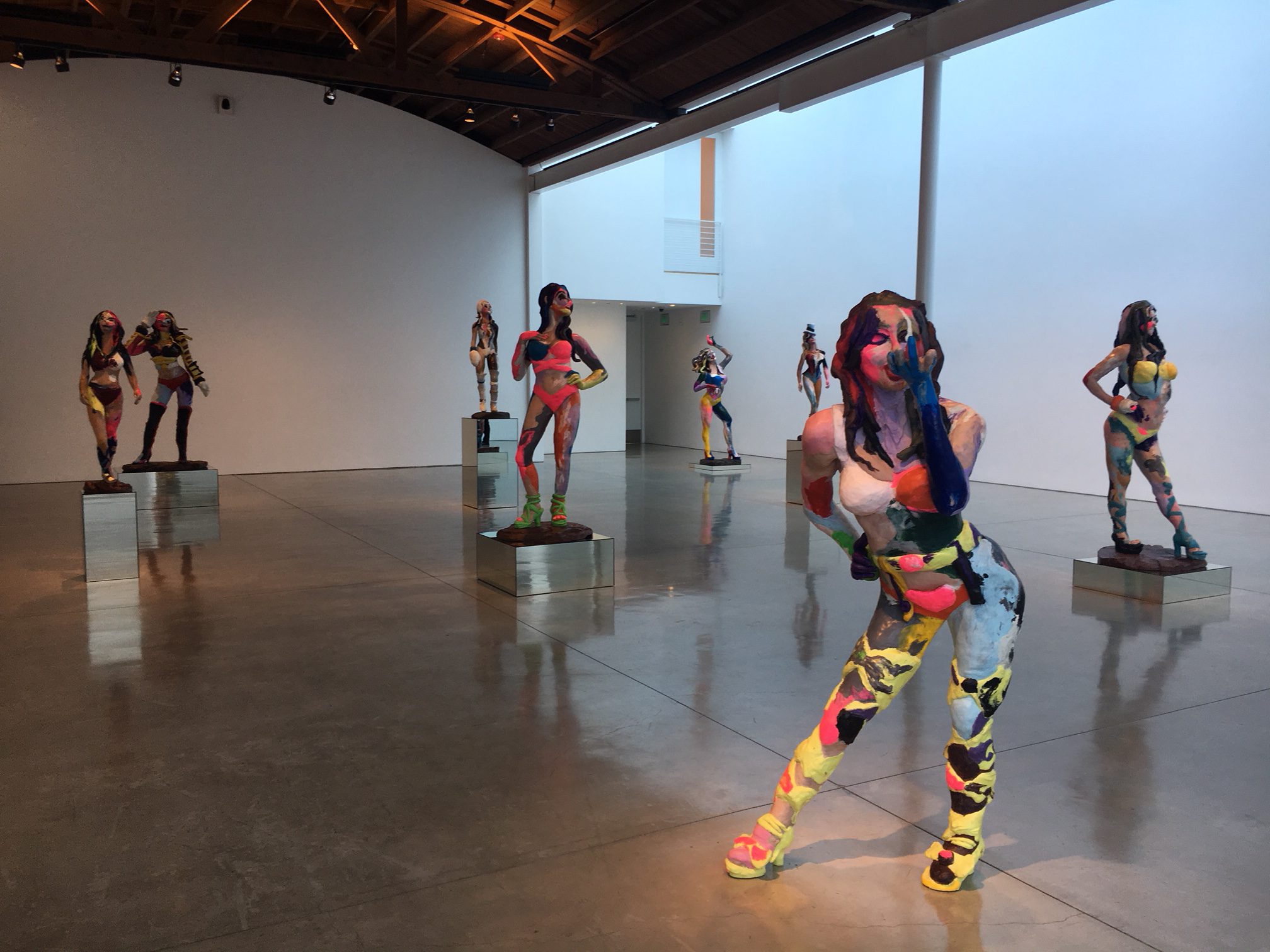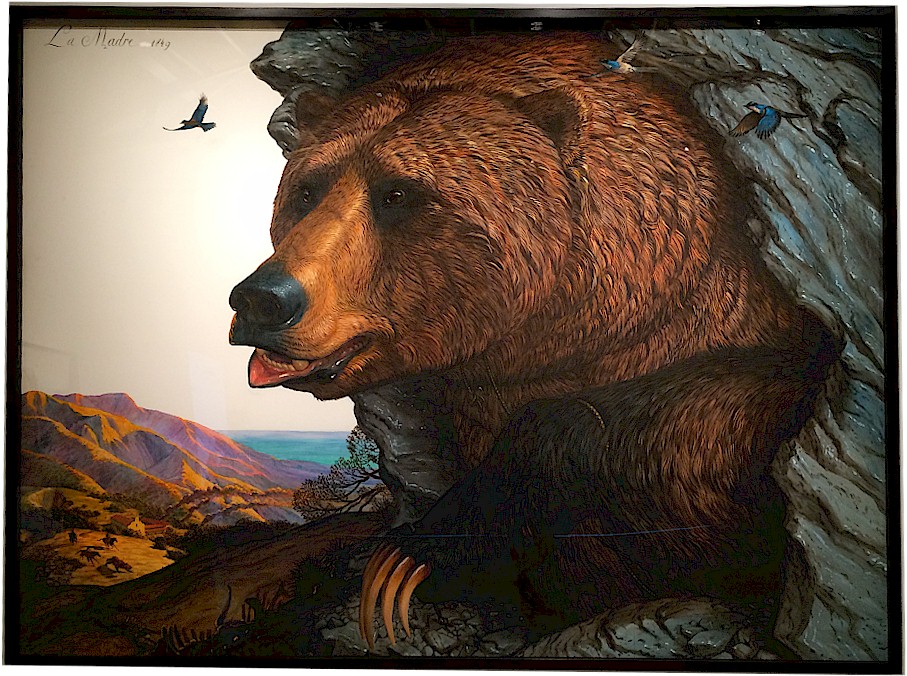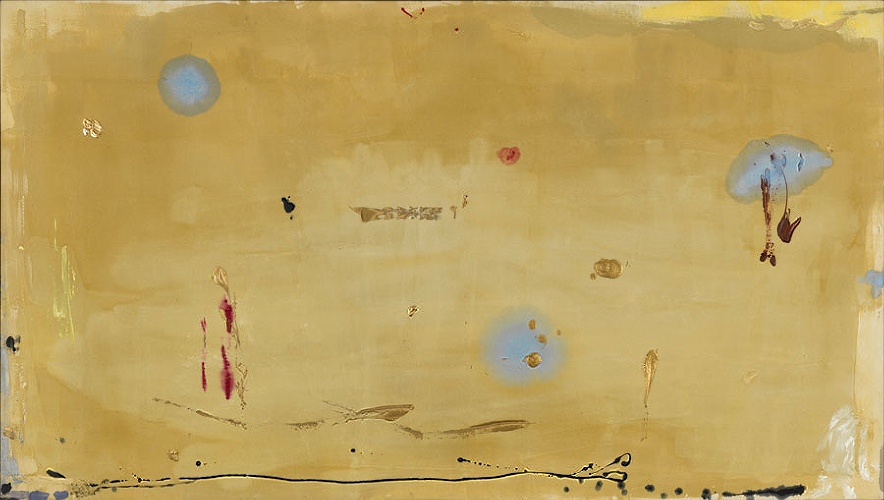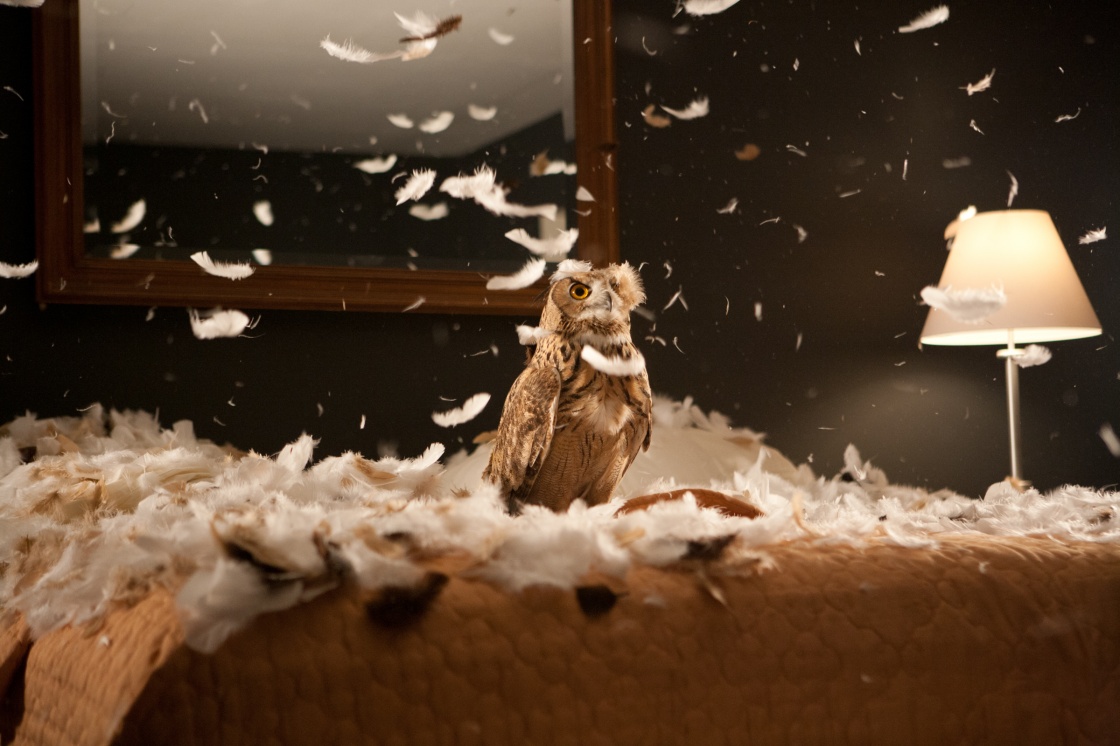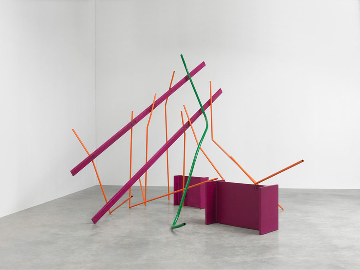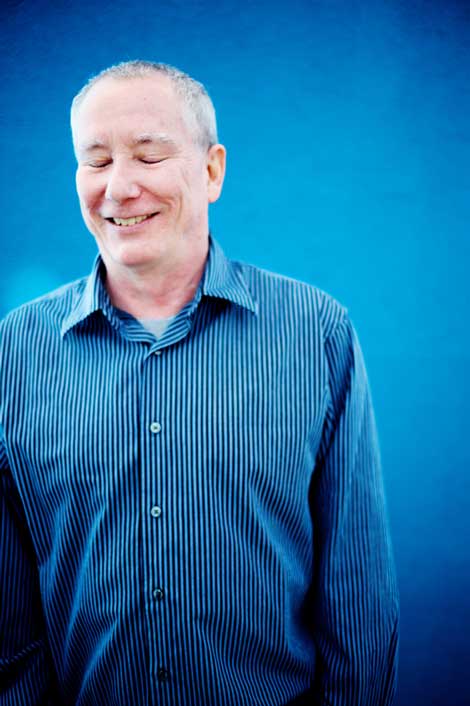Times change. In 1963, Hannah Arendt famously wrote about Adolf Eichmann and the “banality of evil”; in 2018 we get artist Rachel Feinstein exploring the evil of banality. It’s not just that the pieces at Secrets, her latest show at Gagosian, are banal, they’re...
